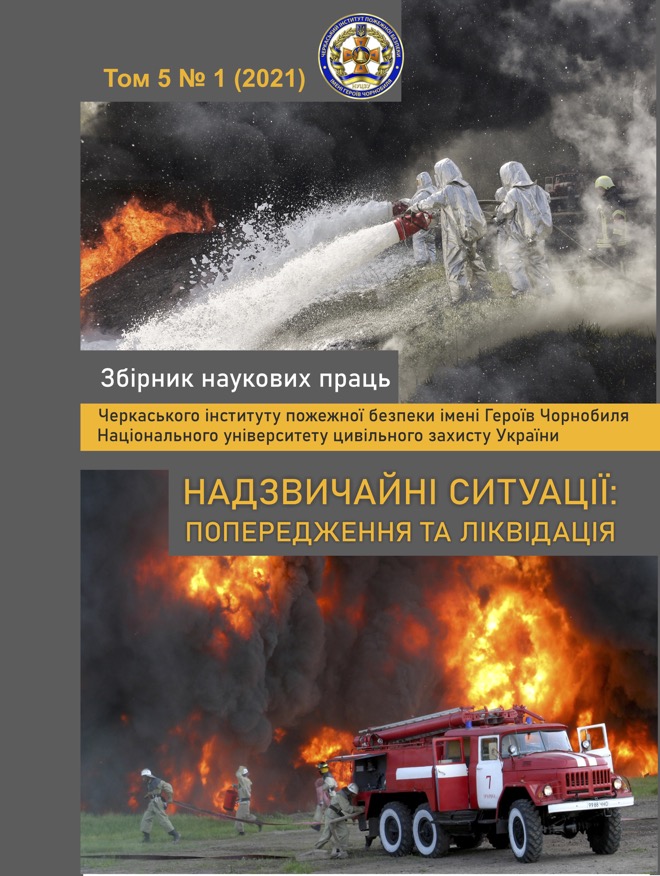TRENDS OF APPLICATION AN AVIATION FOR EXTINGUISHING FIRES
Abstract
An analytical review of technical characteristics about aircraft for firefighting. Classifications of fire planes and helicopters used for firefighting in Ukraine and abroad are considered. Relevant classifications of drainage systems was formed in the considered aviation. The results about different types of aircraft was analyzed during extinguishing fires. Ways to improve firefighting aviation in Ukraine are proposed.
According to the results of study, probabilities of success in discharge of extinguishing agents using different types of aircraft were determined on the basis of AFUE statistical studies, taking into account the sampling rate of collected data. Indicators were calculated for a typical set of conditions and showed how the probability of success may depend on factors such as purpose of extinguishing, type of aircraft and intensity of fire. In general, helicopters and single-engine aircraft had a higher effective discharge rate (from 62% for multi-engine aircraft to 87% for single-engine aircraft [Fire Bosses]) compared to tankers (from 43% for LAT to 54% for VLAT). During the initial attack, single-engine aircraft and helicopters of type 2 were found to be the most effective of all aircraft in delaying fire and reducing its intensity, making these aircraft the bestest option when the aim of fire control units are quickly suppress, reduce destruction and avoiding large-scale negative consequences. Reducing intensity of fire during the initial attack cools a combustion zone for rescue units on the ground, giving them a better chance of suppressing fire before it becomes destructive and releases huge amounts of carbon dioxide and particulate matter into the atmosphere. The results showed that the best combination of aircraft for this work are single-engine fire aircraft and helicopters, which are sent during the initial attack. It was found that these types of aircraft are more efficient and cost-effective at this stage of firefighting compared to LAT and VLAT during large fire operations.


